At first glance, it might seem easier to tear down a dilapidated building rather than building new. Repurposing an existing structure is often the more sustainable approach. INVISION thrives on looking for creative solutions to improve what exists and reduce the impact on the environment.
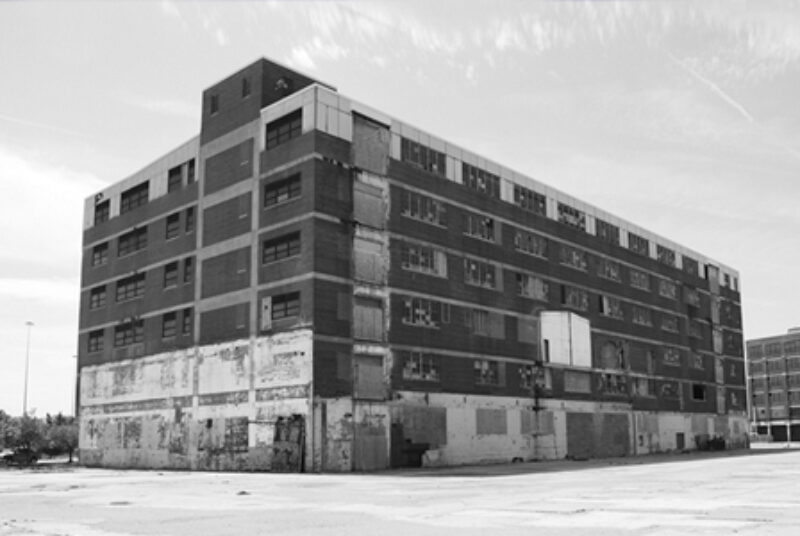
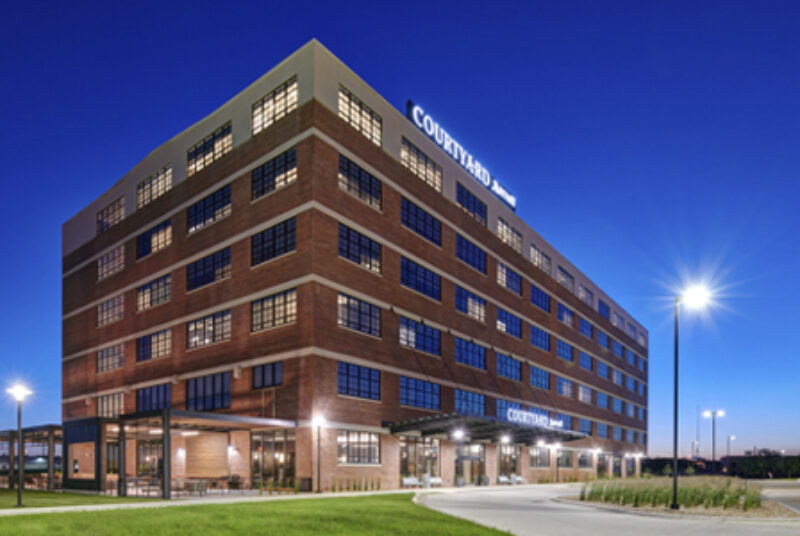
A complete assessment lays the foundation for great design
When repurposing an existing structure, we begin by completing a fabric assessment. Depending on the goals of the new project, we’ll look at opportunities to heighten that existing fabric. Often, the use of a structure is different from the original intent, so we take the owners goals and add an insertion into the building that doesn’t replicate current details, but juxtaposes new details into the existing fabric.
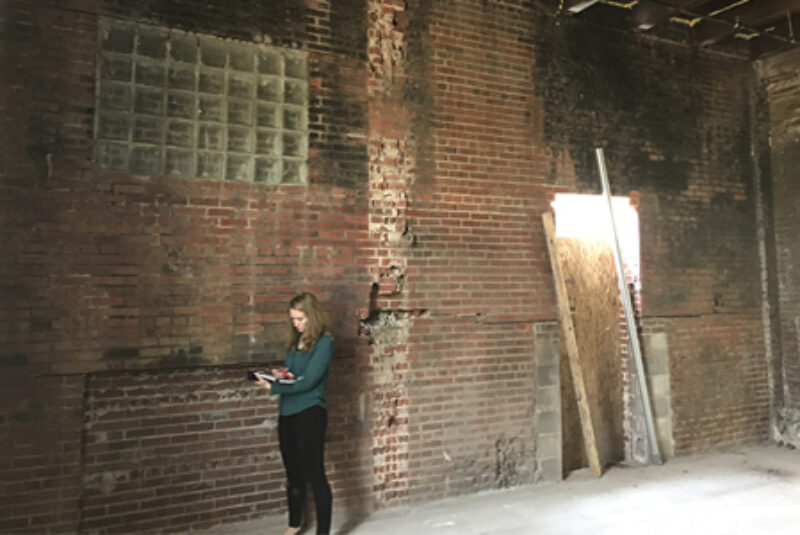
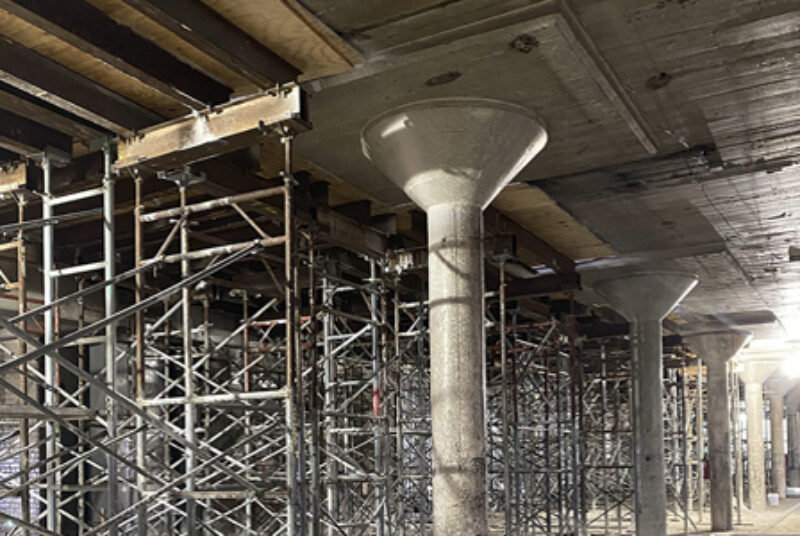
There are multiple items we review, including energy efficiency and fire ratings of the existing fabric. With the exterior walls, we complete a dewpoint analysis and thermal transfer study to understand how the building envelope was designed to perform, how it is performing today and if any modification have been detrimental. Most importantly, we determine what the next best steps are in retention and performance of the building envelope. Any new assembly needs to be designed thoughtfully to make sure the building will not deteriorate from the interior of the wall.
Older structures often had very thick masonry walls that serve as thermal flywheels for energy transfer of the heat. The walls would absorb heat during the day and transfer that heat into the interior of the building. As you think about making the building more energy-efficient, you want to understand those properties and not negate them without knowing the potential ramifications.
Codes have also changed substantially over the last 60 to 80 years. We need to assess existing materials in comparison within current code. There are many ways to work through design to make sure the buildings will perform based on current codes.
There can be a lot of embodied energy in an existing building which can allow for the new use to have a lower carbon footprint than if you were to build new. Reviewing existing materials, how they were used and can still be used, as well as looking at required codes is critical for moving forward with repurposing a building.
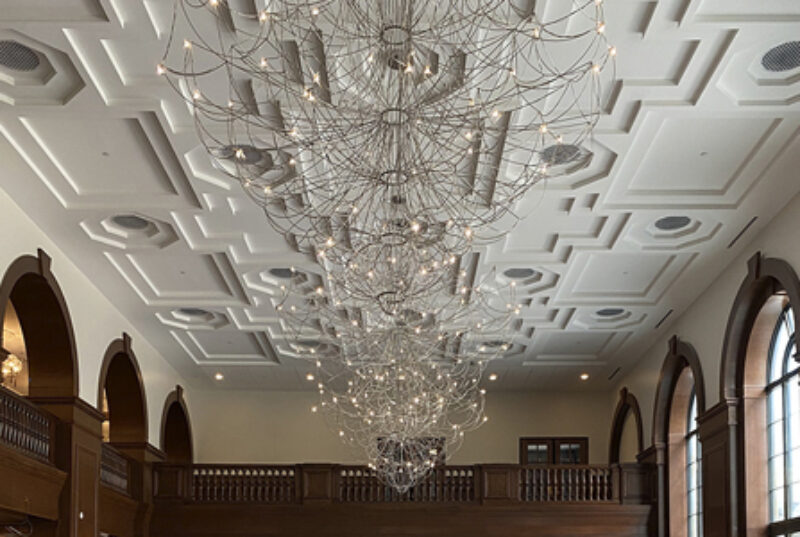
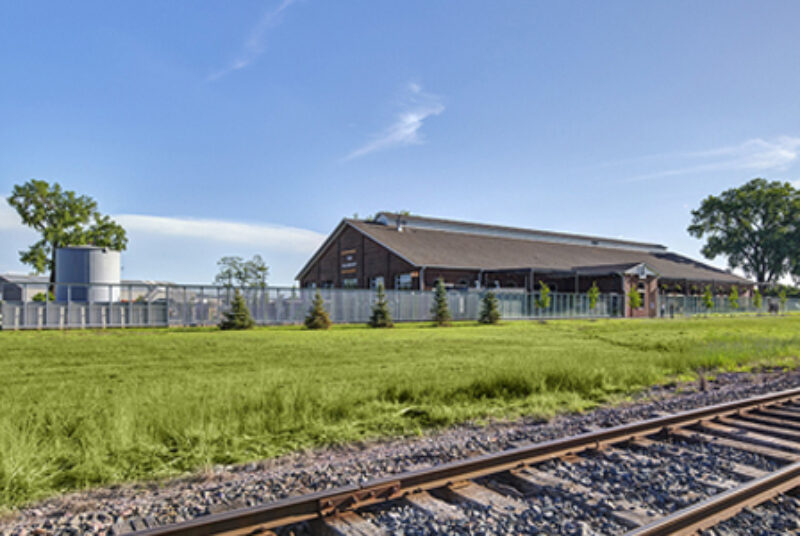
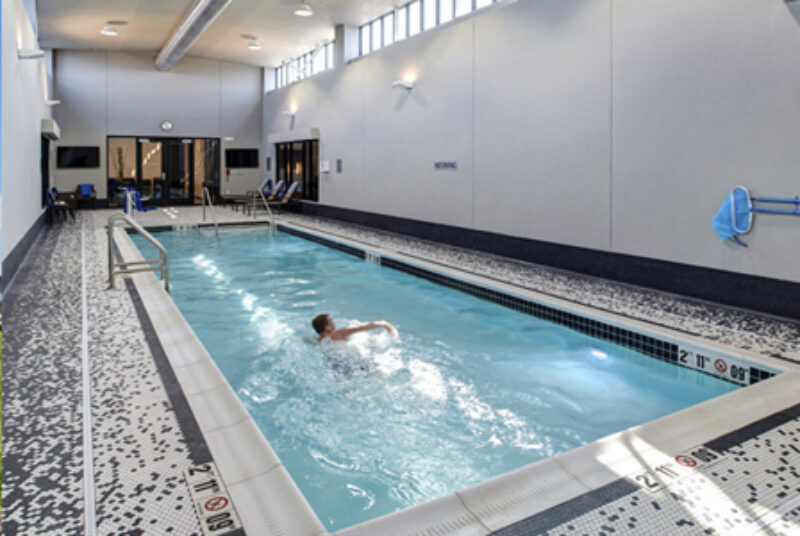
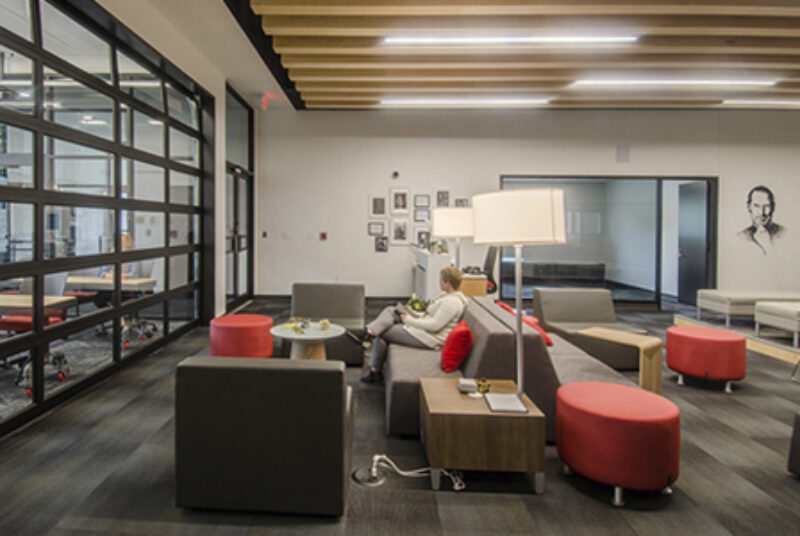
Hidden creative opportunities come to the surface
Even though we may not have the same artisans as in the past, there are current techniques to emulate the feel of existing historic fabric. With today’s technology and manufacturing, it’s possible to digitally scan certain materials and have them machined. In addition, many vendors have items on the shelf which are very similar to and honor the past.
Understanding the past uses of a building helps to heighten the new patron’s experience. Repurposing often connects users to the original use of the building and lets them see how it is relevant to today’s culture and society.
Structures built decades ago were designed much heavier than what the current codes require. This allows us to be creative with options such as cutting additional openings or elevating pool floors. This is possible because the pounds per square foot were high based on how we’ve previously designed buildings.
Financial credits might be available to ease your budget
Depending on the status of the existing building, you may have access to historic tax credits through federal and state government. Local opportunities could include the options of tax abatements. Housing projects have opportunities such as brownfield grants and others to help offset the increased costs associated with rehabilitating an existing structure. The INVISION team is well versed in grant and tax credit programs that might be available for your project.
Modern structures can gain new life through repurposing
In today’s world of constant change it might make sense to alter a modern structure to meet new needs. The ability to look at options within four walls and discover the opportunities is a visualization process we can walk you through. Our approach to design includes a series of activities that will help us define your current needs and develop creative solutions for your facility.
Mike has successfully led over a million square feet of historic tax credit (federal and state) projects. His unique approach to Historic projects releases the full potential possible with the existing fabric and spurs-on the new use to achieve its highest potential.
Mark leads a majority of our historical projects focused on adapting and preserving buildings. This includes 29 projects totaling over 1 million square feet in 73 buildings as well as two Main Street projects. This experience gives him a creative perspective to accommodate the purpose of the reuse.